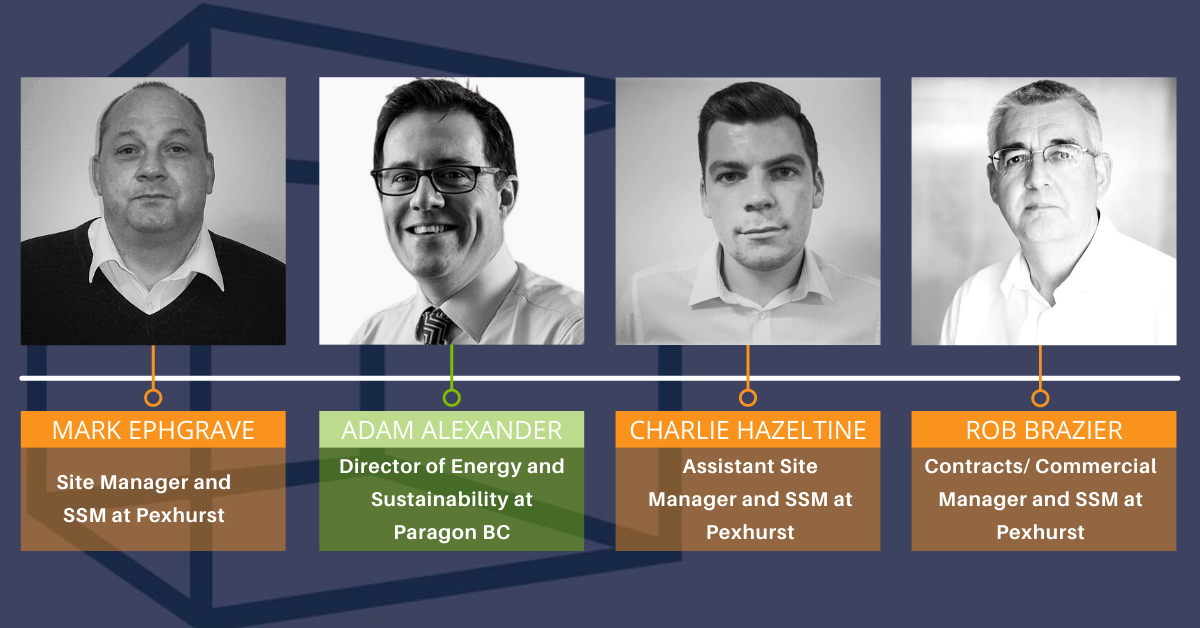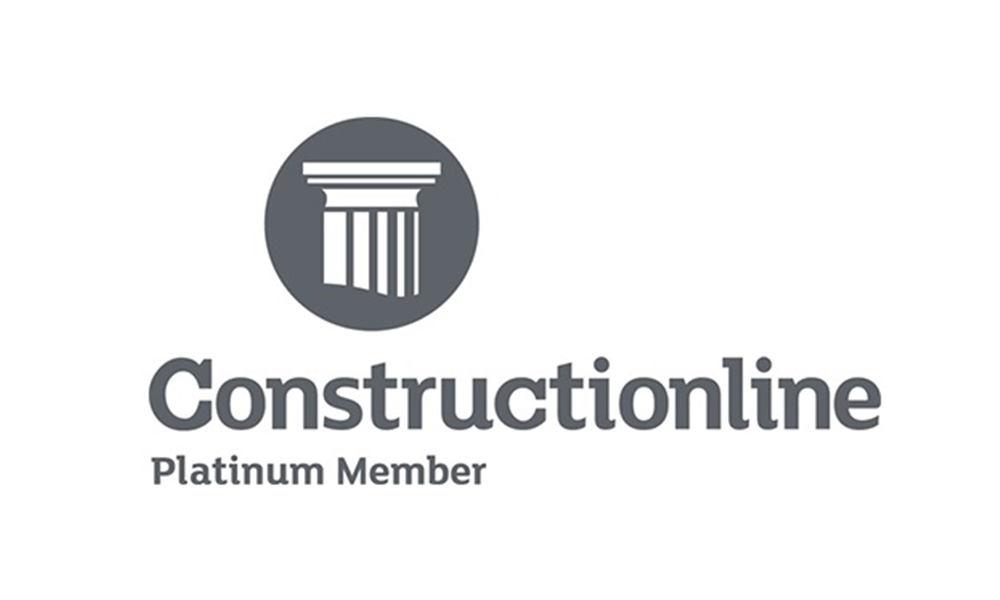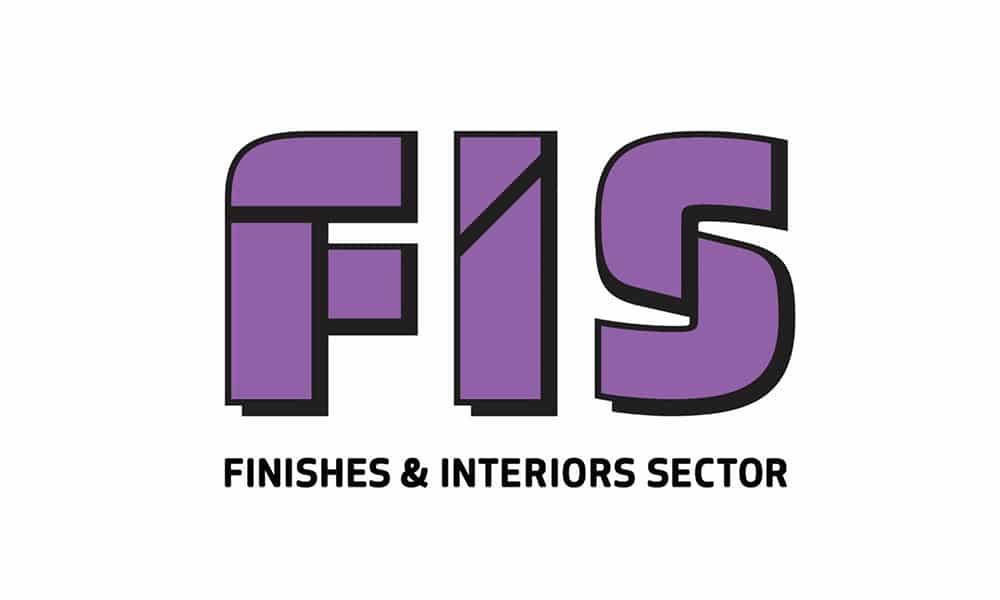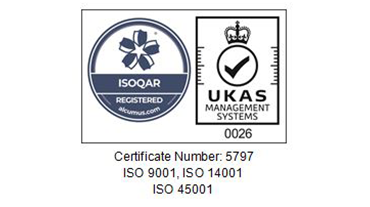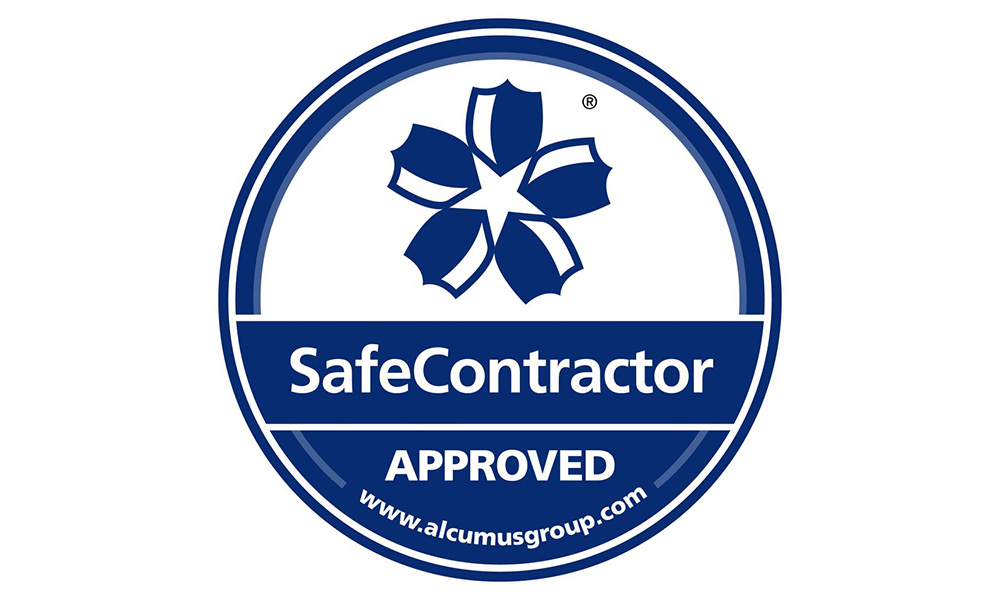In this article Adam Alexander, Director of Energy and Sustainability at Paragon, talks about the importance of sustainability in construction and three of our Site Sustainability Managers (SSM) discuss how they’re embedding BREEAM and sustainability practices on site.
The threat of climate change and the ensuing emphasis on net zero carbon and ESG reporting means the topic of sustainability is here to stay. Previously viewed as a tick box exercise, key stakeholders within the built environment now realise sustainable design and construction is vital if we want to create healthy buildings that benefit ourselves, future generations and the environment.
Excluding the obvious benefits to our health and the environment, improving the sustainability of commercial buildings makes good business sense for both the landlord and the tenant as well. The sustainable performance of a building is increasingly front and centre of investment decisions. This has been driven by the change of Minimum Energy Efficiency Standards (from an E or better to potentially a B) and the need to understand a portfolio’s potential to reach net zero.
Customers are also becoming increasingly more savvy about the benefits of sustainable buildings; they reduce waste, are more efficient in the use of natural resources and strive to lower their impact on the environment as much as possible. Essentially, a sustainable building is more attractive to a wider net of potential customers as it portrays innovation and ultimately care.
It is vitally important that developments or redevelopments follow this way of sustainable thinking at the earliest stage of a project. Contractors with in-house or subcontractor capabilities for sustainability are already one step ahead as they ensure the correct practices are considered and applied where possible through the entire lifecycle of a project.
An on-site Site Sustainability Manager (SSM), for example, is trained in the nuances and intricacies of sustainable construction and helps to maintain the sustainable goal. At every stage of the project lifecycle they consider the following questions: Is this practical? Can it be achieved? And more importantly, can it be sustained?
It is of course important to remember sustainability doesn’t stop once a building is handed over. Newly certified BREEAM schemes only last for a year and because a lot can happen once a building is occupied – tenants change, use type may change, refurbishments… – it is important to continue monitoring a building’s sustainability performance with in-use assessments.
Site Sustainability Manager Spotlight… with Pexhurst’s Rob Brazier, Commercial/Contracts Manager, Mark Ephgrave, Site Manager and Charlie Hazeltine, Assistant Site Manager
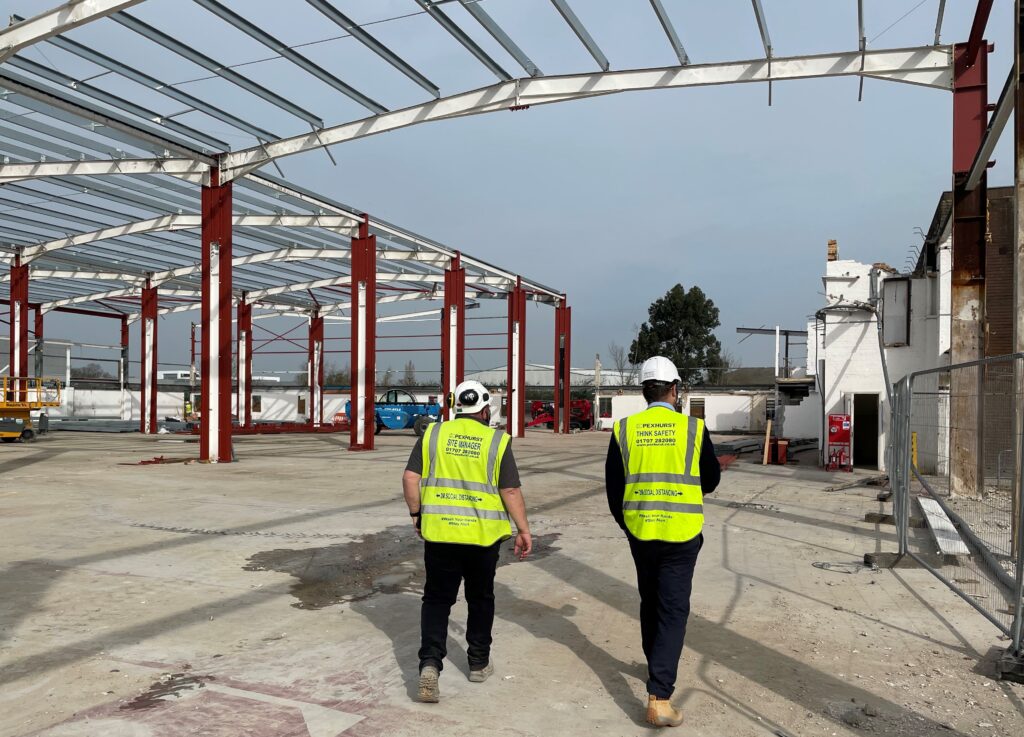
How did the BREEAM course prepare you for your role as SSM?
Charlie: The BREEAM course changed the way I approach sustainability in the construction industry and gave me a good understanding of how to improve our sites.
Mark: It helped immensely as the course highlighted elements that I wouldn’t necessarily pick up on, on a day to day basis on site.
Rob: For me, it was a great introduction that highlighted what to look out for in my current project at Woolborough Lane in Crawley.
What are your main responsibilities as SSM?
Rob: As a Contracts Manager, the main item is to ensure compliance with the planned BREEAM credits both within our subcontractor design packages and our own materials procurement.
Charlie: In addition to informing the buyers of any sustainably sourced materials required on the project, I ensure we have the correct skips on site and that we recycle our waste wherever possible – currently at our 423,202 sq. ft. project at Hercules in Bristol which I am working on, 100% of waste is being recycled!
Mark: I monitor and record meter readings, pollution, materials, waste management and recycling.
What are the benefits of having a SSM on a project from both a client and Pexhurst perspective?
Rob: For a client, BREEAM counts towards their overall corporate environmental reputation and gives them a measure of how environmentally friendly their developments are. Eventually there will be pressure from prospective tenants to rent buildings with higher BREEAM ratings. For Pexhurst, BREEAM cannot be ignored as this is undoubtedly the direction that the industry and legislation are heading and will lead to more impactful work.
Charlie: From a client perspective, the use of sustainable materials and increased energy efficiency increases publicity and attractiveness to potential customers, tenants and investors. From a Pexhurst perspective, we can be rest assured that our projects have a lower carbon footprint and can be used to our advantage when tendering for future projects.
Mark: Through our work as SSM’s, we hope to inspire our clients to improve and make effective use of resources. And from a business perspective, it has highlighted the industry’s over reliance on general waste. At Pexhurst, we do what we can to recycle wherever possible.
What are the general sustainability principles on site?
Rob: To reduce the environmental impact of construction throughout a building’s entire lifecycle: from the initial design stage and material manufacturing through to daily use by occupants and eventual demolition or change of use. On site we have a duty to reduce energy usage, minimise materials waste and pay greater attention to the detailing such as cold bridging and air tightness.
Charlie: Ensuring the operatives buy into the sustainable targets by reducing waste, recycling where possible and ordering from accurate take offs.
Mark: Waste doesn’t mean rubbish. Don’t waste it, recycle it!
What is your favourite thing about being an SMM and are there any challenges?
Rob: BREEAM imposes another level of technical challenges on us as builders, but I do like a technical challenge. We now have to better understand manufacturers literature and the performance figures for the products that they are quoting. For instance the U-value insulation rating of a window can be quoted for a set area of glass or for the whole window installation overall. These are two very different figures…
Mark: Given the challenge we all face when it comes to climate change, I enjoy encouraging site operatives to think about the waste they produce, what happens to it and what it means for our environment.
Charlie: It’s gratifying to be in charge of reducing our waste on site and helping towards a ‘greener’ future.
Follow us on LinkedIn!- https://www.linkedin.com/company/pexhurst-services-limited/

